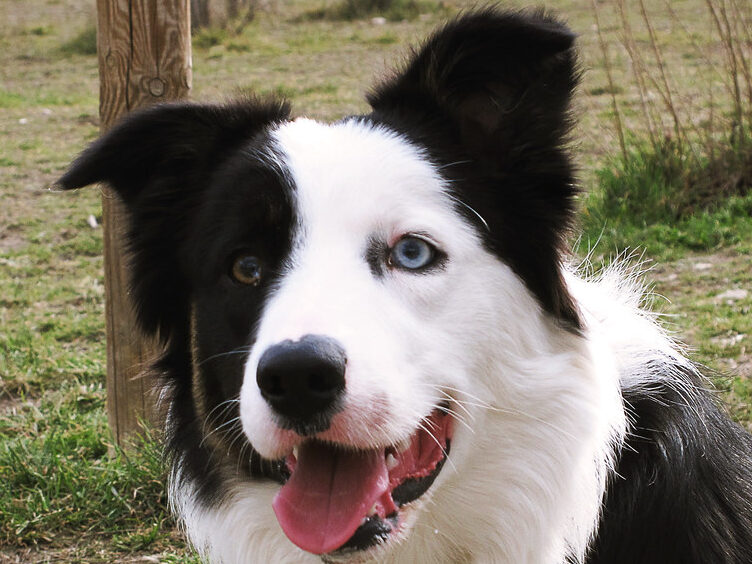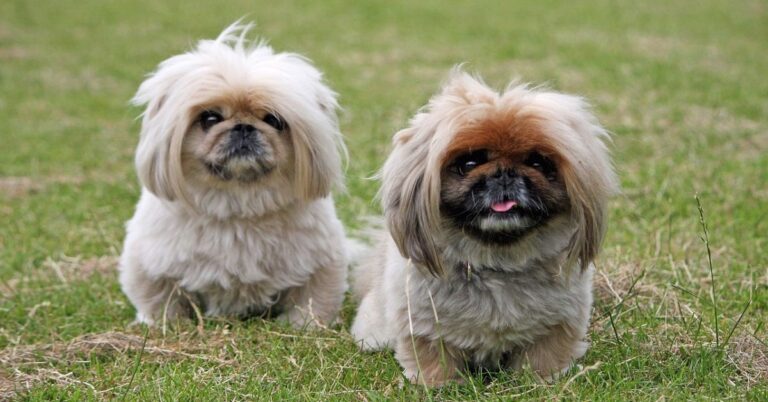15 Dog Breeds That Don’t Do Well Alone

Some dogs are totally fine hanging out by themselves for hours, but others? Not so much. Certain breeds are just built for companionship, and when they’re left alone too long, it doesn’t just hurt their feelings—it can cause anxiety, stress, or even behavior problems. These 15 dogs don’t mean to act out; they need more attention, affection, and human connection to feel safe and happy.
Labrador Retriever
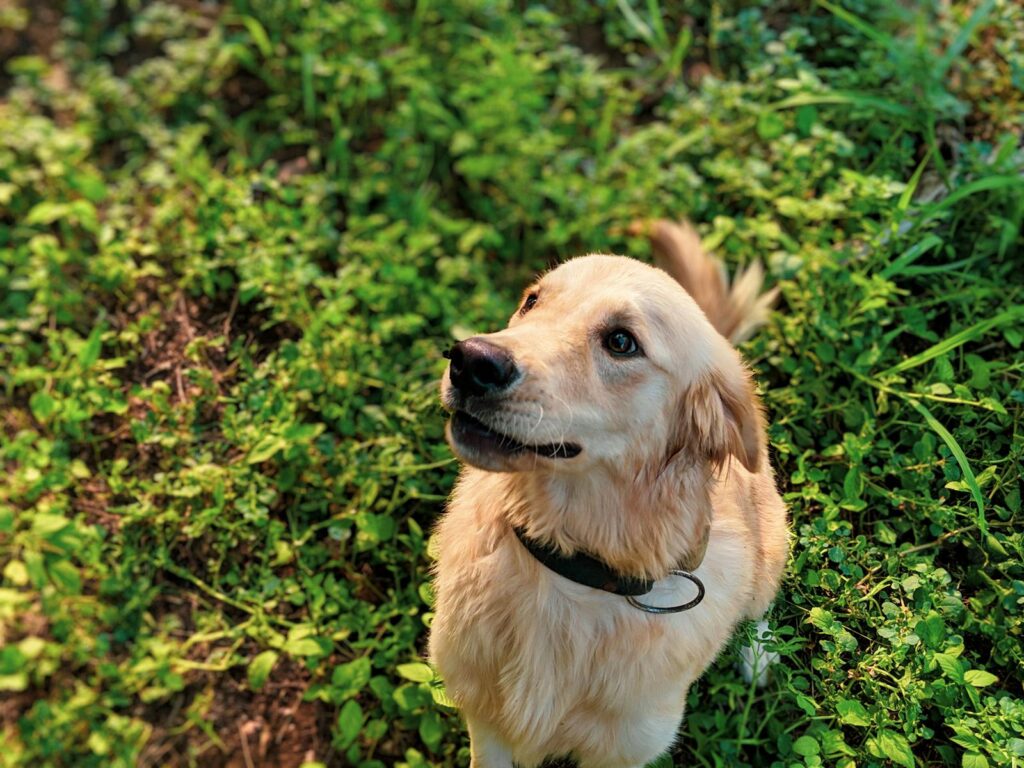
Labs love their humans deeply and often want to be near them as much as possible, so they can grow restless, sad, or even destructive when they’re left alone for long stretches. They’re loyal and affectionate, but they’re also used to constant interaction, whether it’s playtime, a walk, or just lying at your feet. A bored Lab will find something to do—and you might not like what they pick.
Border Collie
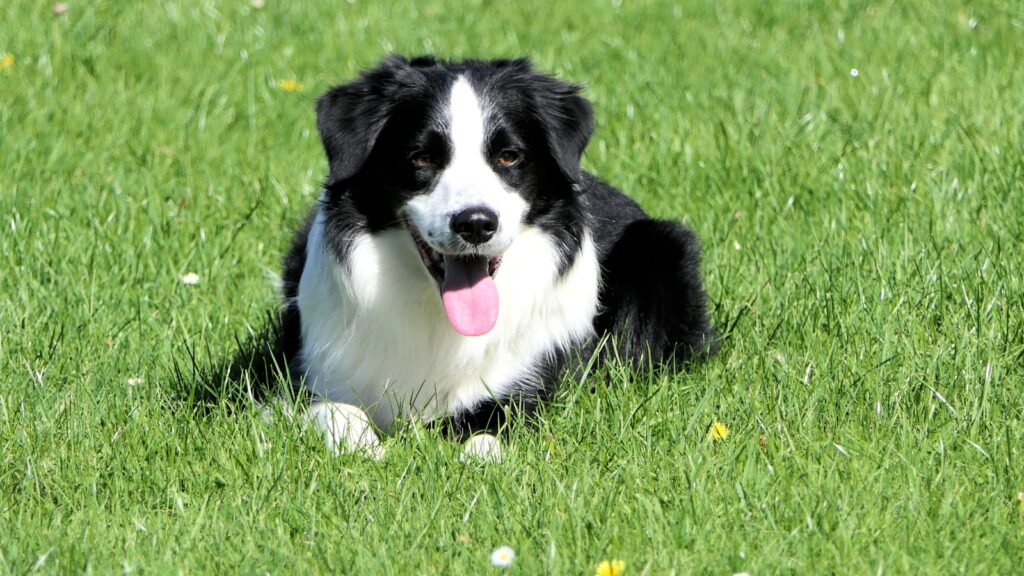
Border Collies are incredibly smart and energetic, which makes them amazing workers and learners, but terrible loners. If they don’t get mental stimulation or companionship, they can become anxious or start acting out. This breed thrives on routine, purpose, and togetherness, and being left alone too long feels more like punishment than peace to them. They’re problem-solvers who’ll invent problems if there’s nothing else going on.
Cavalier King Charles Spaniel
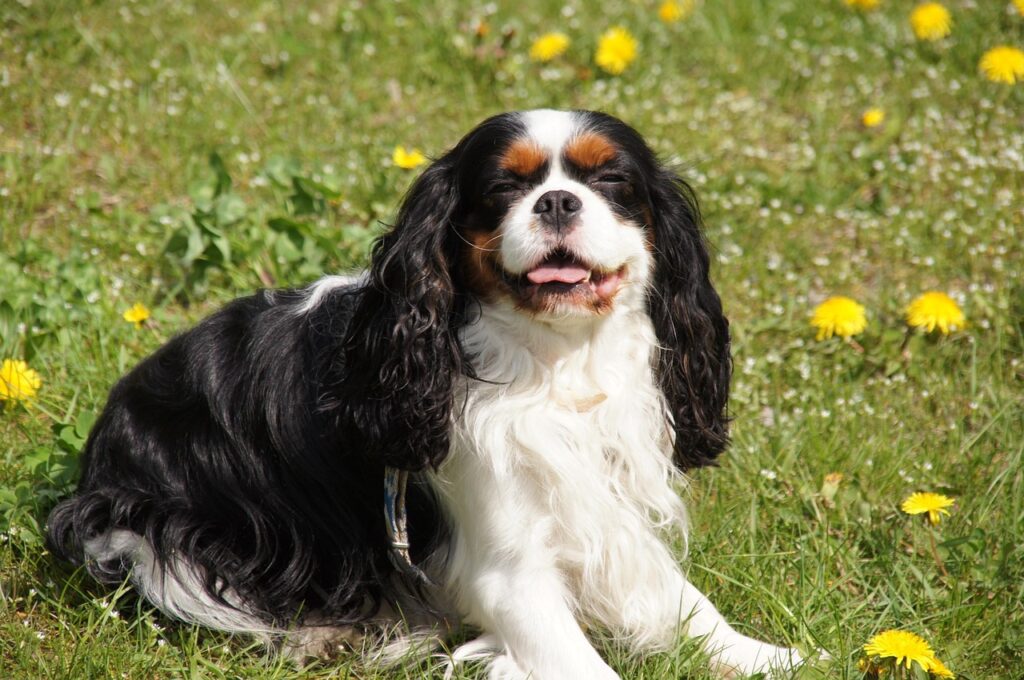
These small, sweet dogs are made for companionship and love nothing more than curling up in your lap or following you from room to room. Leaving them alone for too long can lead to separation anxiety or sadness because they bond deeply and don’t understand being apart. They’re happiest when they’re included in your life, not left behind in a quiet house.
Australian Shepherd
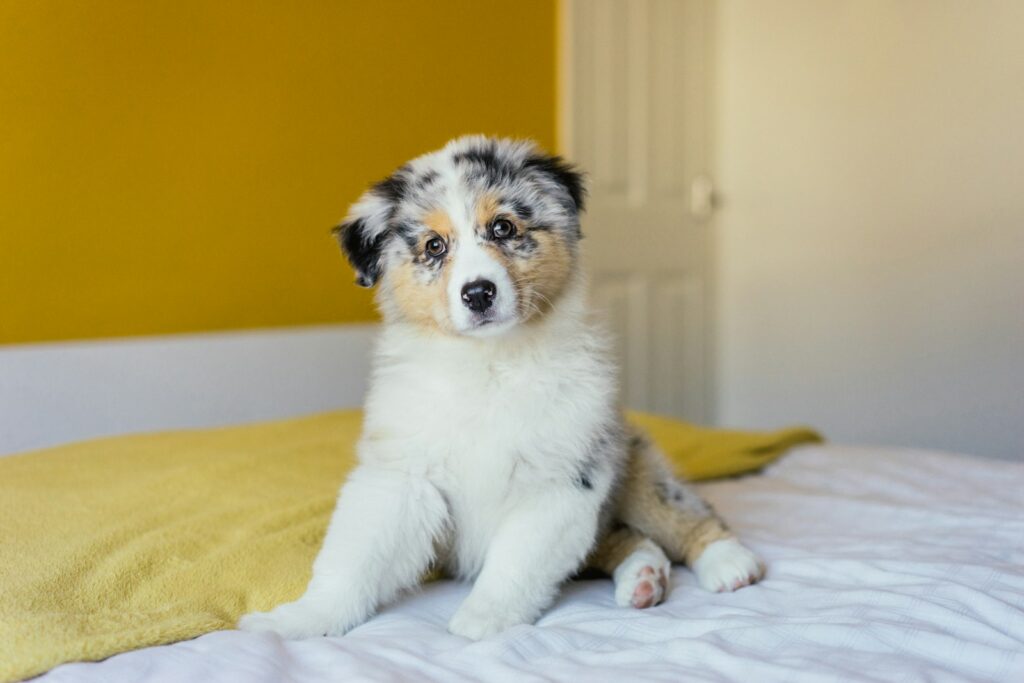
Australian Shepherds are high-energy and emotionally attached dogs that don’t do well when left to their own devices. They can grow anxious or destructive without a job to do—or someone to follow. They’re not built for boredom or silence; they want a task, a purpose, or just a human presence. Being alone too long throws them off balance and makes them feel unsettled.
German Shepherd

German Shepherds are confident and strong, but emotionally, they form deep bonds with their humans and can struggle with being left alone. They might act independent, but they’re pack animals at heart who find security in having people around. Long hours of solitude can lead to anxiety, pacing, or vocal outbursts. They need structure, attention, and a sense of connection.
Bichon Frise
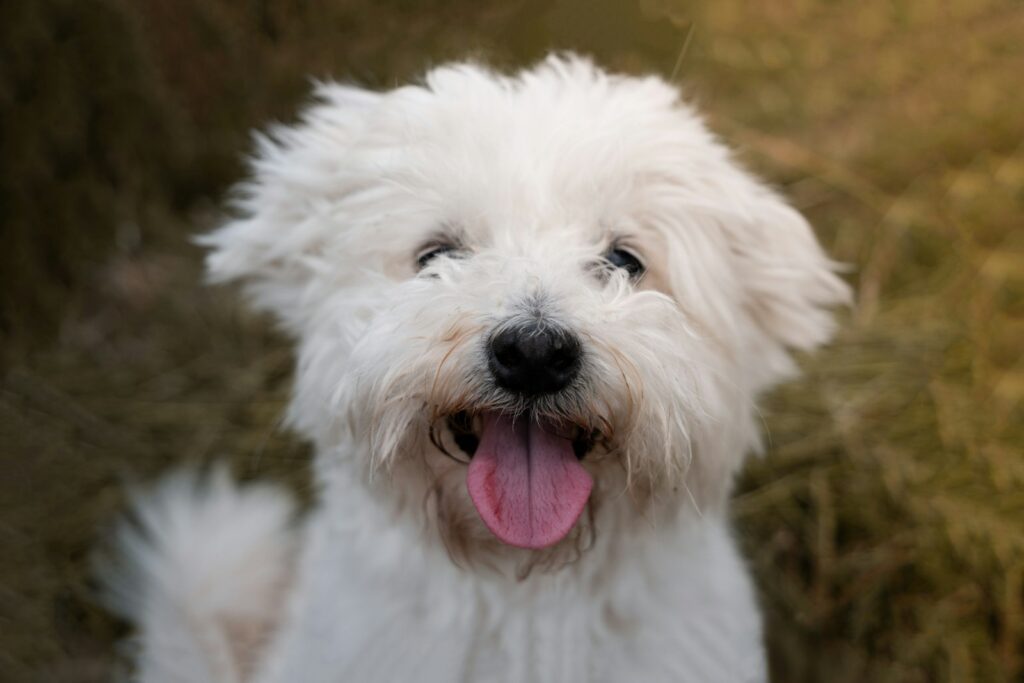
This fluffy, affectionate breed isn’t built for solitude. Bichons were bred to be companions, and they take that role seriously—so when they’re left alone, they often become lonely or depressed. They’re people-oriented and thrive in social settings, which makes isolation feel unnatural and upsetting. If you have one, expect a shadow that follows you everywhere—and sulks when you’re gone.
Pug
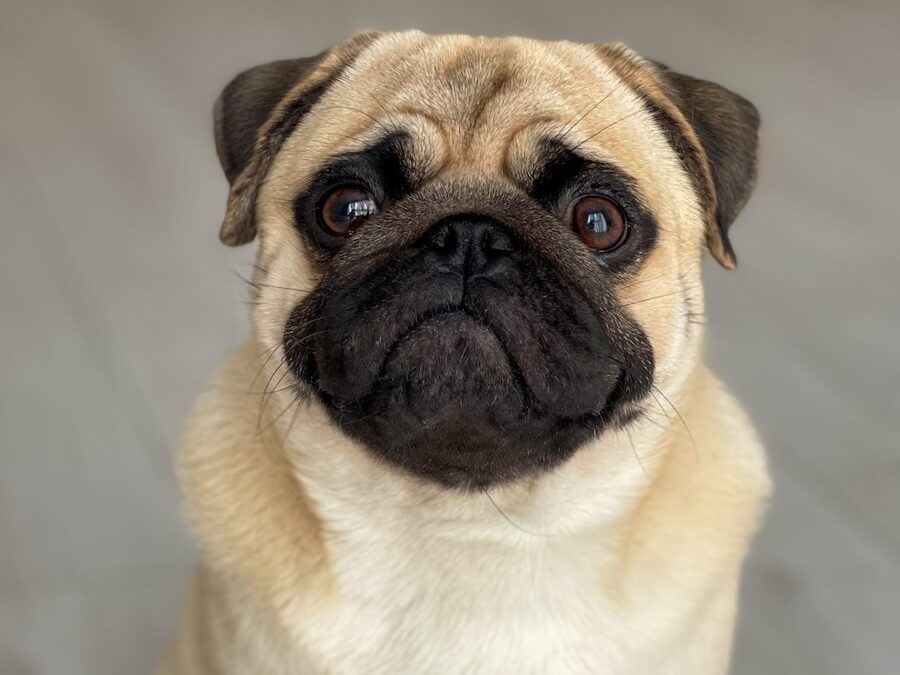
Pugs might seem like lazy lapdogs, but emotionally, they’re deeply attached and need a lot of love and closeness. They’re prone to getting sad or anxious when left alone too often or for too long. These dogs want to be part of the action—even if that’s just lying on the couch while you watch TV. Time apart feels confusing and uncomfortable for them.
Italian Greyhound
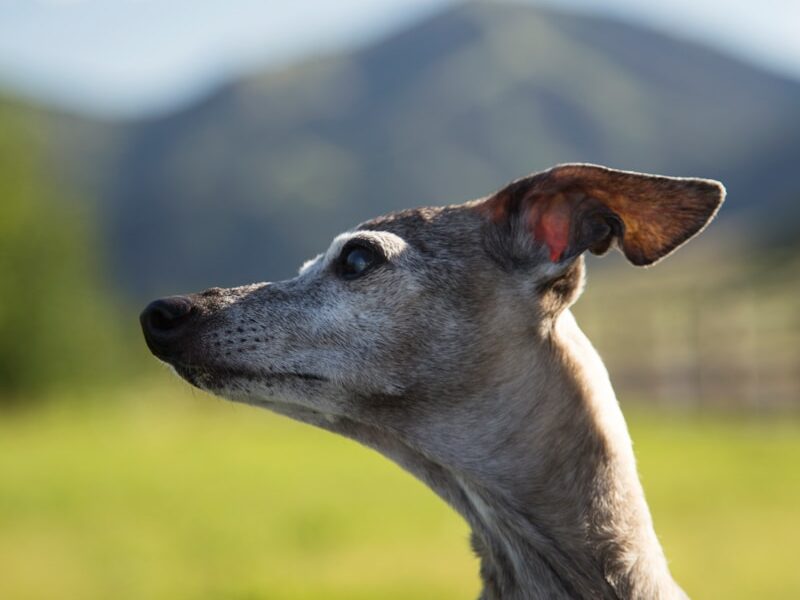
These delicate, sensitive pups bond intensely with their owners and often suffer when they’re left by themselves. Even short separations can cause anxiety or stress for Italian Greyhounds, and they’re known for becoming clingy or even destructive if they’re left alone too often. They’re affectionate, loyal, and happiest when they feel included and safe in someone’s presence.
Toy Poodle
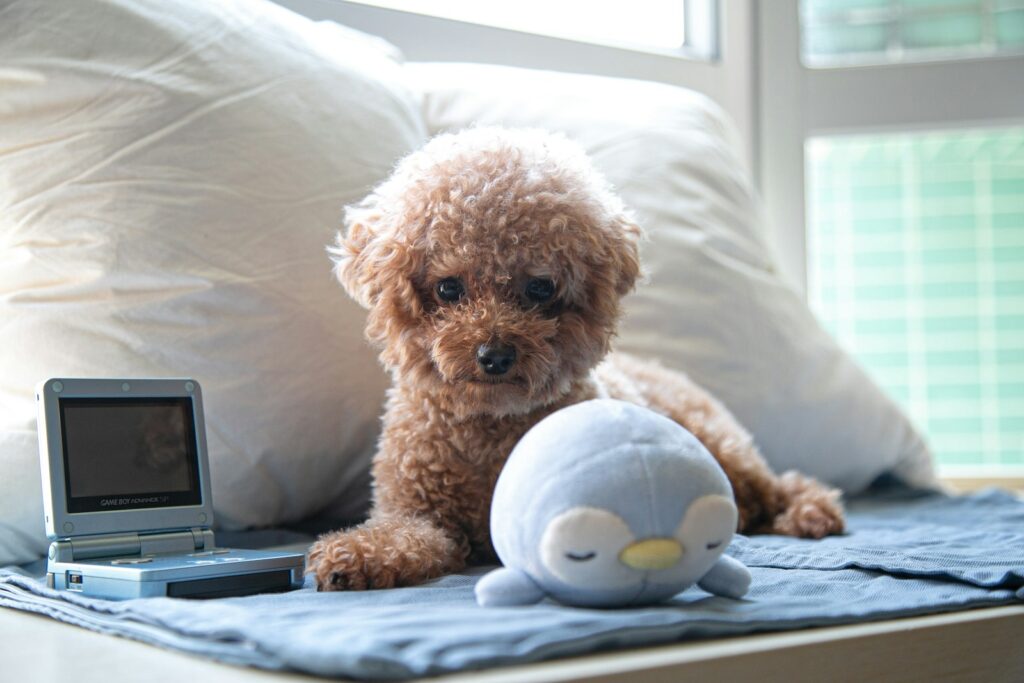
Don’t let their size fool you—Toy Poodles are incredibly smart and deeply emotional, which means long hours alone aren’t good for them. They need mental stimulation and human interaction, and they’re not the kind of dog that does well just waiting quietly until someone returns. When left alone too much, they can develop anxiety or behavioral problems rooted in loneliness.
Vizsla

Often called a “Velcro dog,” the Vizsla is emotionally wired to be always close to its humans. They’re loyal, affectionate, and full of energy, but solitude is something they truly struggle with. Left alone, they can become anxious or even destructive out of sheer stress. They do best with families who are around often and can involve them in daily life.
Cocker Spaniel

Cocker Spaniels have sweet personalities and a deep need for connection, which means they don’t enjoy spending time alone. They want to be where the people are—whether that’s in the kitchen, on the couch, or out for a walk. Left alone, they’re prone to anxiety and may show it through barking or chewing. They’re soft-hearted dogs who thrive on closeness.
Doberman Pinscher

Dobermans are often seen as tough, but emotionally, they’re one of the most devoted breeds around. They bond closely with their people and can grow anxious or depressed when separated. These dogs aren’t loners—they’re protectors and companions. When left alone too often, they may become restless or develop behavioral issues simply because they miss their humans.
Havanese
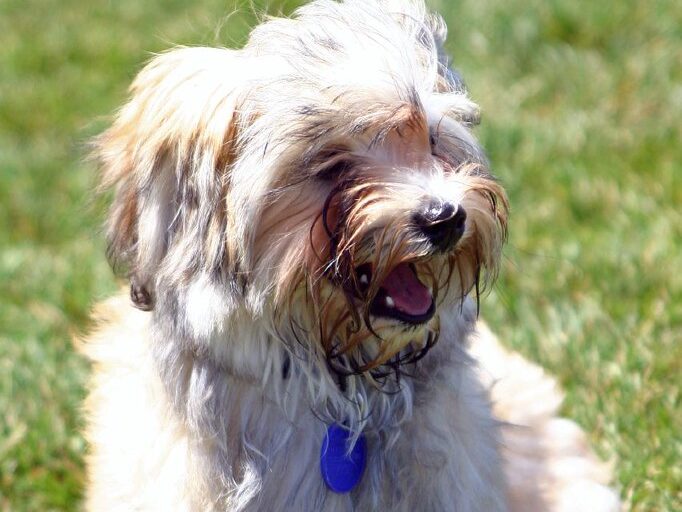
These affectionate little dogs were bred to be companion animals, and they still carry that instinct today. Being left alone doesn’t come naturally to them—they prefer laps to solitude and social time to quiet time. Havanese dogs can develop anxiety or become vocal and needy if they’re often left behind, making them better suited to people who are home a lot.
Shetland Sheepdog (Sheltie)

Shelties are loyal, bright, and sensitive—and they feel separation deeply. They bond quickly and strongly, often following their people around the house. Leaving them alone for long periods can lead to barking, pacing, or even destructive behavior. They do best when they’re part of a routine and family life, where they feel connected and included.
Chihuahua
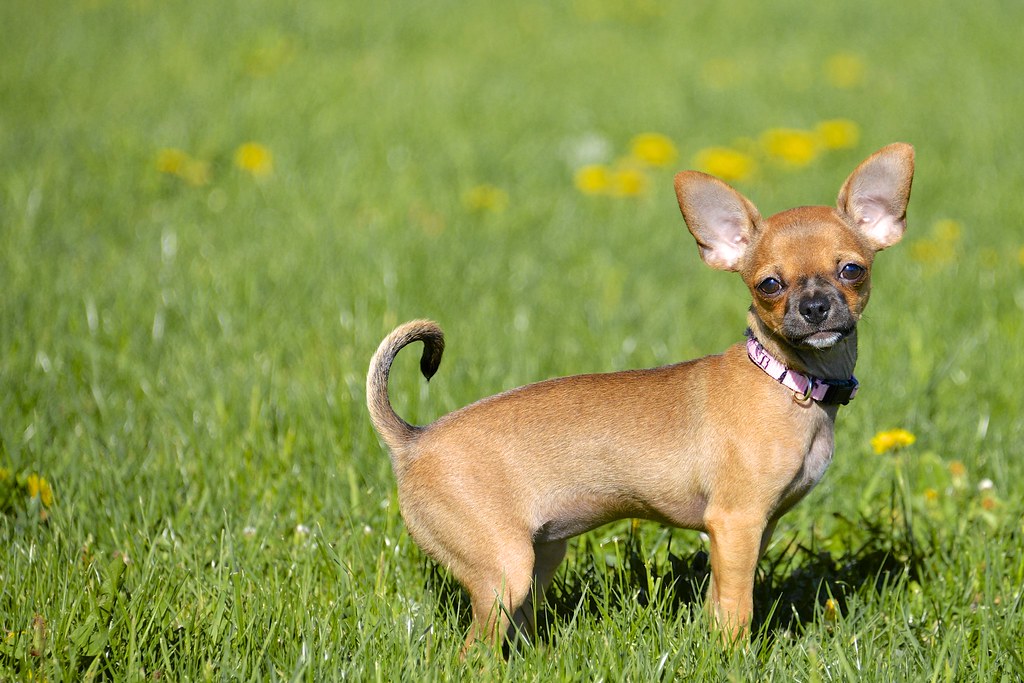
Though tiny and often bold, Chihuahuas are incredibly attached to their favorite humans and don’t like being apart. They can develop “small dog syndrome” behaviors when they feel insecure, which only get worse when they’re left alone too long. They’re happiest when they’re near someone they trust and can feel anxious or upset if isolated for too long.

